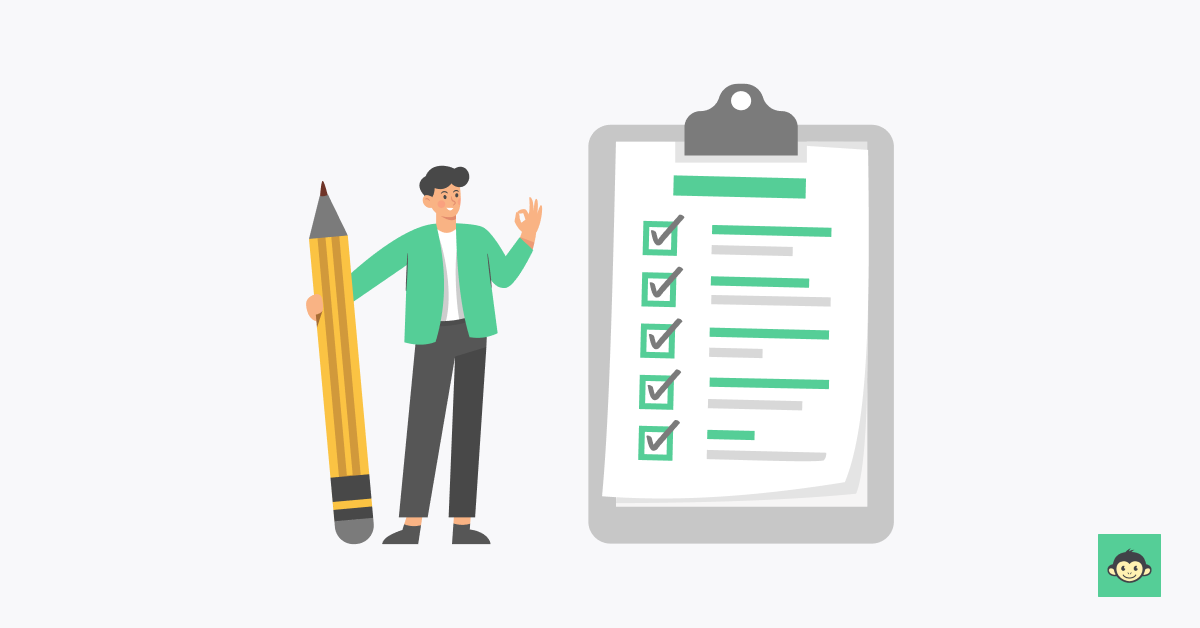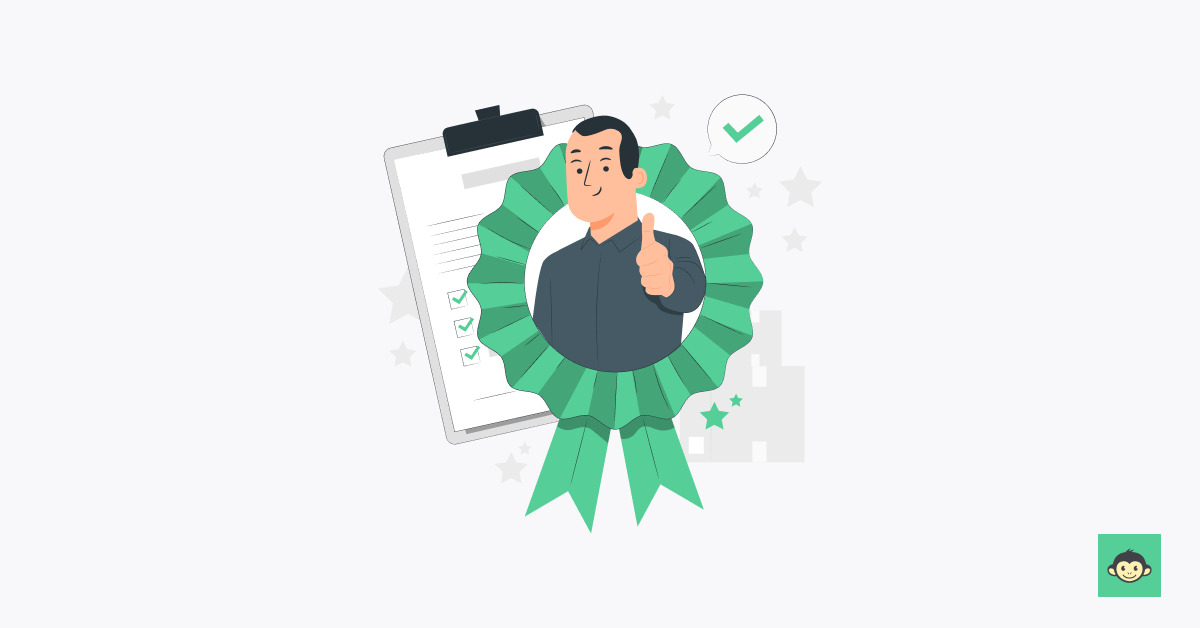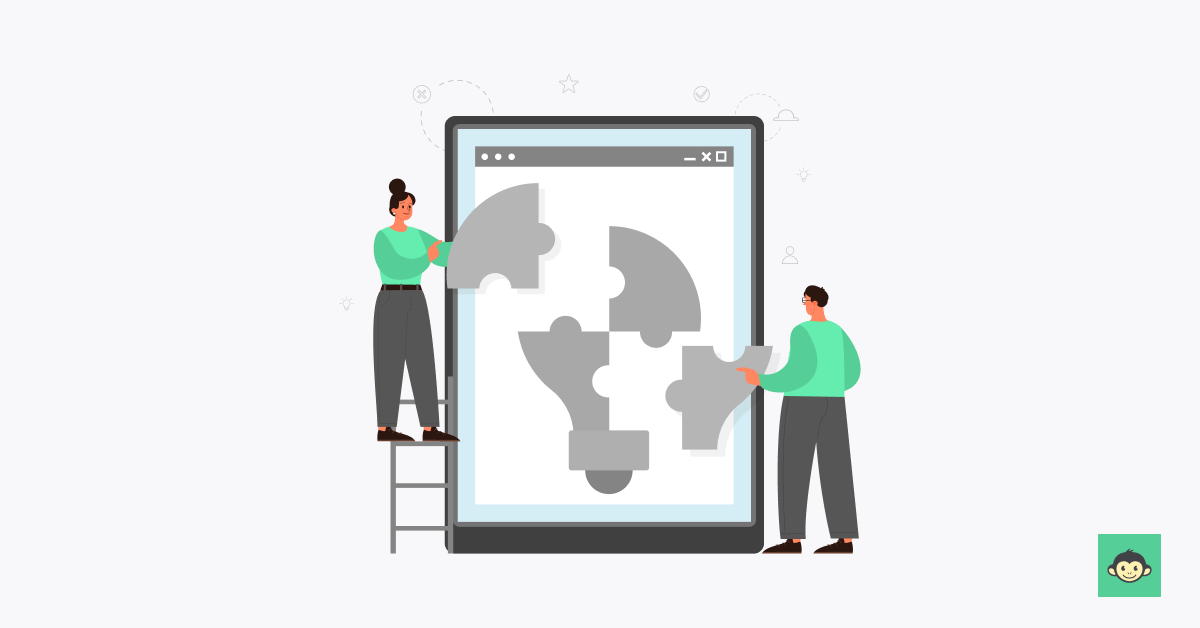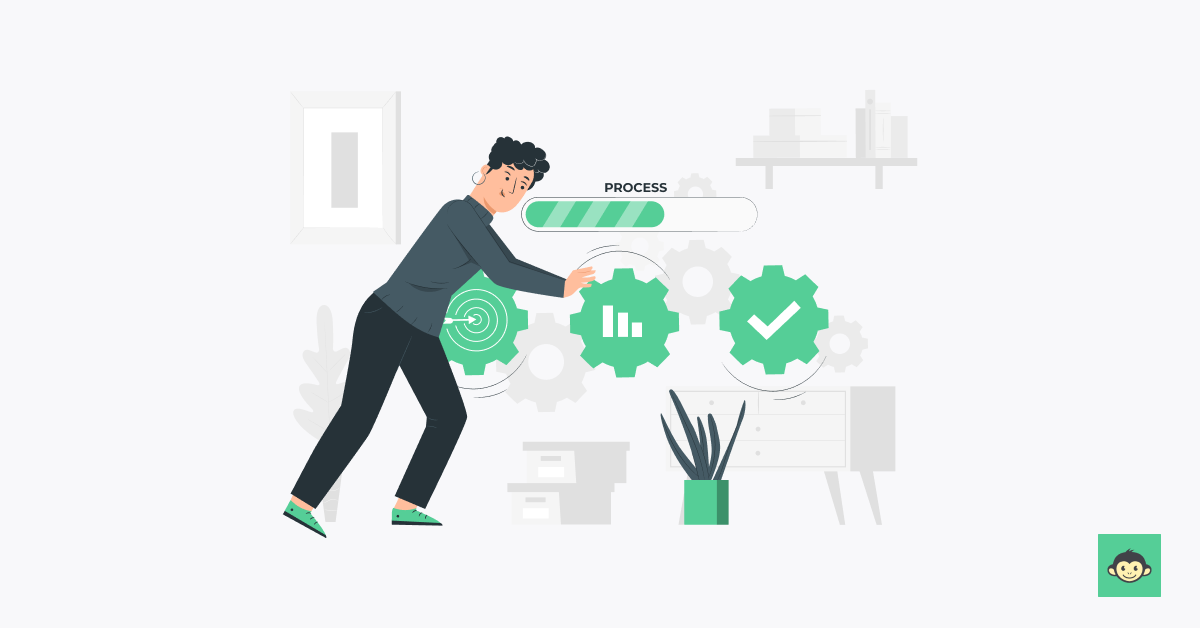What is a DEI roadmap at work: Definition, best practices, and examples

As workplace dynamics evolve faster than your Friday evening plans, a robust DEI (Diversity, Equity, and Inclusion) roadmap has become critical for companies aiming to create a workplace where everyone feels like they belong – from the intern who's still mastering the art of office coffee-making to the seasoned pro who's practically running on caffeine.
Now, you might be thinking, "Why should I care about making DEI roadmaps?" Well, my friend, as the great philosopher Officeus Maximus once said, "Inclusion is not just a buzzword; it's the secret sauce to a workplace where every brainwave feels at home."
So, grab your notepads and a cup of your favorite brew because we're about to explore some DEI roadmap examples that will not only spark your interest but might just spark a revolution in your workplace!
What is a DEI roadmap?
Think of it this way: your DEI roadmap is like the Google Maps of building an inclusive workplace.
It's not just a bunch of arrows pointing in the right direction; it's the step-by-step journey to creating an environment where everyone, regardless of their background, feels valued and heard.
So, what's inside this magical map, you ask?
Well, it's a dynamic blueprint that covers everything from hiring practices to ongoing training, leadership development, and even the everyday interactions that make or break a workplace vibe. It's not a one-size-fits-all affair; rather, it's a tailored strategy that considers the unique needs, experiences, and aspirations of your diverse workforce.
In essence, a DEI roadmap is your company's commitment to weaving inclusivity into the very fabric of its DNA. It's not just about ticking boxes; it's about creating a workplace symphony where every instrument plays in harmony, and no one feels like they're singing a solo in the dark.
What are the 5 stages of the DEI journey at work?

From tentative first steps to confident leaps, here's the roadmap to turning your office into a haven of diversity, equity, and inclusion.
1. Initial awareness: At the onset of the DEI journey, an organization experiences a paradigm shift—an awakening to the intrinsic value of diversity and inclusion.
This stage is characterized by the cultivation of awareness across all organizational strata. It necessitates initiating structured conversations and workshops aimed at fostering a full sense of collective understanding that transcends diversity as a mere organizational concept.
2. Assessment phase: Subsequently, an organization embarks on an evaluative expedition to ascertain its current standing regarding inclusivity. Rigorous assessments of extant policies, practices, and corporate culture are conducted.
This stage is marked by a meticulous examination, unearthing latent biases, identifying areas necessitating enhancement, and comprehending the distinct challenges and barriers faced by the workforce.
3. Strategic formulation: Armed with insights gleaned from the assessment, organizations progress to the formulation of a comprehensive DEI strategy. This entails the delineation of explicit objectives, the establishment of measurable goals, and the crafting of an actionable plan.
The strategy is bespoke, aligning with the company or organization's mission and ethos and accommodating the unique exigencies of its workforce.
4. Implementation stage: With the strategy crystallized, the organization transitions to the implementation phase, effecting changes across diverse facets such as recruitment procedures, training regimens, leadership development initiatives, and daily operational protocols.
This stage is a transformative process, requiring active involvement from all stakeholders to bring the strategic vision to fruition.
5. Sustainability epoch: The culmination of the DEI journey is marked by an enduring commitment to diversity, equity, and inclusion. The sustainability phase involves the assimilation of these principles into the organizational fabric, rendering them inherent rather than prescriptive.
Continuous investment and cultivation of an inclusive culture becomes paramount, transcending DEI from a destination to an integral facet of organizational ethos.
What is a DEI plan at work?

A Diversity, Equity, and Inclusion (DEI) plan at work is a strategic framework designed to foster an environment where individuals of varied backgrounds, experiences, and identities feel equally valued and included.
This comprehensive roadmap outlines specific initiatives and actionable steps aimed at promoting diversity in hiring, ensuring equitable opportunities for professional growth, and fostering an inclusive workplace culture.
Typically, a DEI plan involves a thorough assessment of current organizational practices, followed by the formulation of measurable goals and targeted strategies. It encompasses efforts to eliminate biases in recruitment, enhance employee training on cultural competence, and establish transparent channels for reporting and addressing discrimination.
A well-crafted DEI plan not only signifies a commitment to social responsibility but also serves as a blueprint for cultivating a workplace where every employee can thrive, irrespective of their background or identity. If you are continuously striving to create a better workplace, then DEI initiatives are the way to go.
How do I create a DEI initiative as a leader at work?
Creating a Diversity, Equity, and Inclusion (DEI) initiative as a leader requires a thoughtful and proactive approach. Here's a step-by-step guide to help you kickstart this transformative journey:
- Educate yourself: Begin by educating yourself on DEI principles and understanding the nuances of diversity, equity, and inclusion. This knowledge will form the bedrock of your initiative.
- Assess current state: Conduct a thorough assessment of your organization's current DEI landscape. This involves scrutinizing existing policies, practices, and the overall workplace culture to identify areas for improvement.
- Define clear objectives: Establish clear and measurable DEI objectives aligned with your organizational goals. These could include improving diversity in hiring, more inclusion efforts addressing pay gaps, and fostering an inclusive company culture.
- Involve your team: Cultivate a culture of inclusivity by involving your team in the initiative. Seek out diverse backgrounds and perspectives, encourage open dialogue, and make everyone feel a part of the transformation.
- Training and awareness: Implement comprehensive training programs to raise awareness about unconscious biases, cultural competence, and the significance of an inclusive workplace.
- Revise hiring practices: Review and revise your hiring practices to eliminate biases. Ensure that your recruitment processes are designed to attract a diverse pool of candidates.
- Leadership commitment: Demonstrate unwavering commitment from industry leaders from the top down. Leaders must actively champion DEI efforts, setting the tone for the entire organization.
- Establish accountability: Integrate DEI metrics into performance evaluations and hold senior leaders accountable for fostering an inclusive environment.
- Create safe spaces: Foster open communication by creating safe spaces for employees to discuss DEI issues. Encourage feedback and act upon it to drive meaningful change.
- Regular evaluation and adjustment: Continuously assess the effectiveness of your DEI initiatives. Regularly gather feedback, measure progress against objectives, and be prepared to adjust strategies accordingly.
- Community engagement: Extend your DEI efforts beyond the workplace. Engage with diverse communities, support initiatives, and participate in industry-wide conversations on inclusivity.
What should a DEI plan include?
A robust Diversity, Equity, and Inclusion (DEI) plan should encompass various key elements to effect meaningful change within an organization. Firstly, it should articulate a clear and compelling commitment to diversity and inclusion, aligning these principles with the company's overall mission and values.
The plan should involve a comprehensive assessment of existing policies, practices, and workplace culture to identify areas for improvement. Specific, measurable, and time-bound goals related to diversity in hiring, pay equity and inclusion initiatives must be outlined.
Additionally, a DEI plan should incorporate ongoing training programs to enhance cultural competence and eliminate unconscious biases. Transparent reporting mechanisms for incidents of discrimination, along with a commitment to swift and fair resolution, are crucial components.
Leadership accountability, community engagement, and regular evaluation and adjustment mechanisms are also integral to a successful DEI plan, ensuring a dynamic and evolving approach to fostering a truly inclusive workplace.
Best practices to take on your DEI journey

Here are the top best practices to get you started on your DEI journey in your organization.
- Ensure visible and unwavering commitment from top leadership, as their endorsement sets the tone for the entire organization.
- Regularly assess and analyze data to identify disparities, set measurable goals, and track progress in achieving diversity and inclusion objectives.
- Revise hiring processes to eliminate biases, fostering a diverse candidate pool and promoting equitable opportunities for all applicants.
- Implement ongoing training programs to enhance cultural competence, eradicate unconscious biases, and cultivate an inclusive mindset across all levels of the organization.
- Establish transparent reporting mechanisms for incidents of discrimination and ensure a prompt and fair resolution process, emphasizing a zero-tolerance approach.
- Encourage employee participation in DEI initiatives and establish Employee Resource Groups (ERGs) to provide support, amplify voices, and contribute to an inclusive workplace culture.
- Create a DEI council to ensure they provide the entire workforce the inclusion they deserve.
5 DEI roadmap examples to get inspiration from
The following DEI roadmap examples showcase diverse approaches, offering inspiration for organizations seeking to tailor their strategies to unique contexts and goals.
- Salesforce's DEI roadmap is renowned for its clarity and transparency. It includes specific goals like achieving workforce gender equality and increasing representation of underrepresented groups, accompanied by regular progress updates.
- Google's initiatives for DEI are multifaceted, spanning recruitment, training, and leadership development. Their roadmap emphasizes fostering an inclusive culture through ongoing education and addressing biases in hiring and promotion processes.
- Microsoft's DEI roadmap prioritizes accountability at all levels. It incorporates diversity metrics into performance evaluations, sets ambitious diversity goals, and regularly publishes diversity and inclusion reports to maintain transparency.
- IBM's is notable for its global approach, acknowledging diverse cultural contexts. Their roadmap emphasizes skills-based hiring, extensive diversity training, and leadership development programs to further inclusive cultures and ensure inclusivity across their global workforce.
- Accenture's DEI roadmap focuses on creating an inclusive workplace through initiatives like the "Getting to Equal" program. This includes strategies to close gender pay gaps, provide equal advancement opportunities, and promote diversity in leadership positions.
What is a DEI software?

Diversity, Equity, and Inclusion (DEI) software is a technological solution designed to streamline and enhance the management of diversity and inclusion initiatives within an organization. It typically encompasses tools for data analytics, employee feedback mechanisms, and performance metrics tracking.
DEI software facilitates the assessment of current DEI practices, helping organizations identify areas for improvement. It may also include modules for training, reporting, and fostering a more inclusive workplace culture.
Ultimately, DEI software empowers businesses to systematically and proactively address diversity-related challenges, promoting a more equitable and inclusive environment for all employees.
Significance of DEI software at work to implement your DEI roadmap

Implementing a Diversity, Equity, and Inclusion (DEI) roadmap is a complex undertaking, and the significance of DEI software in this process cannot be overstated.
These specialized tools act as the backbone of an organization's commitment to fostering a diverse and inclusive workplace and help in measuring DEI.
Firstly, DEI software streamlines data management, providing a comprehensive view of an organization's demographics, pinpointing areas of underrepresentation, and aiding in setting measurable goals. This data-driven approach is instrumental in making informed decisions and tracking progress over time
Moreover, DEI software facilitates transparent communication and feedback mechanisms. It allows employees to report incidents of bias or discrimination, fostering a culture of openness and accountability. Real-time reporting not only ensures prompt resolution but also contributes to a continuous feedback loop, refining the whole DEI work strategy.
Training and development are integral aspects of any DEI roadmap, for example, and DEI software often includes modules for educating employees on cultural competence, unconscious bias, and inclusive practices. This ensures that the workforce is equipped with the knowledge necessary to actively contribute to an inclusive environment.
Conclusion
Diversity, Equity, and Inclusion (DEI) initiatives are not mere checkboxes but essential components of fostering a thriving workplace culture. From crafting a strategic DEI roadmap to leveraging specialized DEI software, organizations embark on a transformative journey.
Leadership commitment, data-driven assessments, inclusive hiring practices, comprehensive training, transparent reporting, and employee engagement are the pillars of successful DEI implementation.
As workplaces evolve, embracing diversity becomes not just a moral imperative but a strategic advantage. The commitment to DEI is not only about attracting talent but also about cultivating an environment where every individual feels valued and heard.
In weaving diversity and inclusion into the fabric of organizational DNA, businesses not only reflect societal values but also ensure sustained business success in an ever-changing global landscape.



